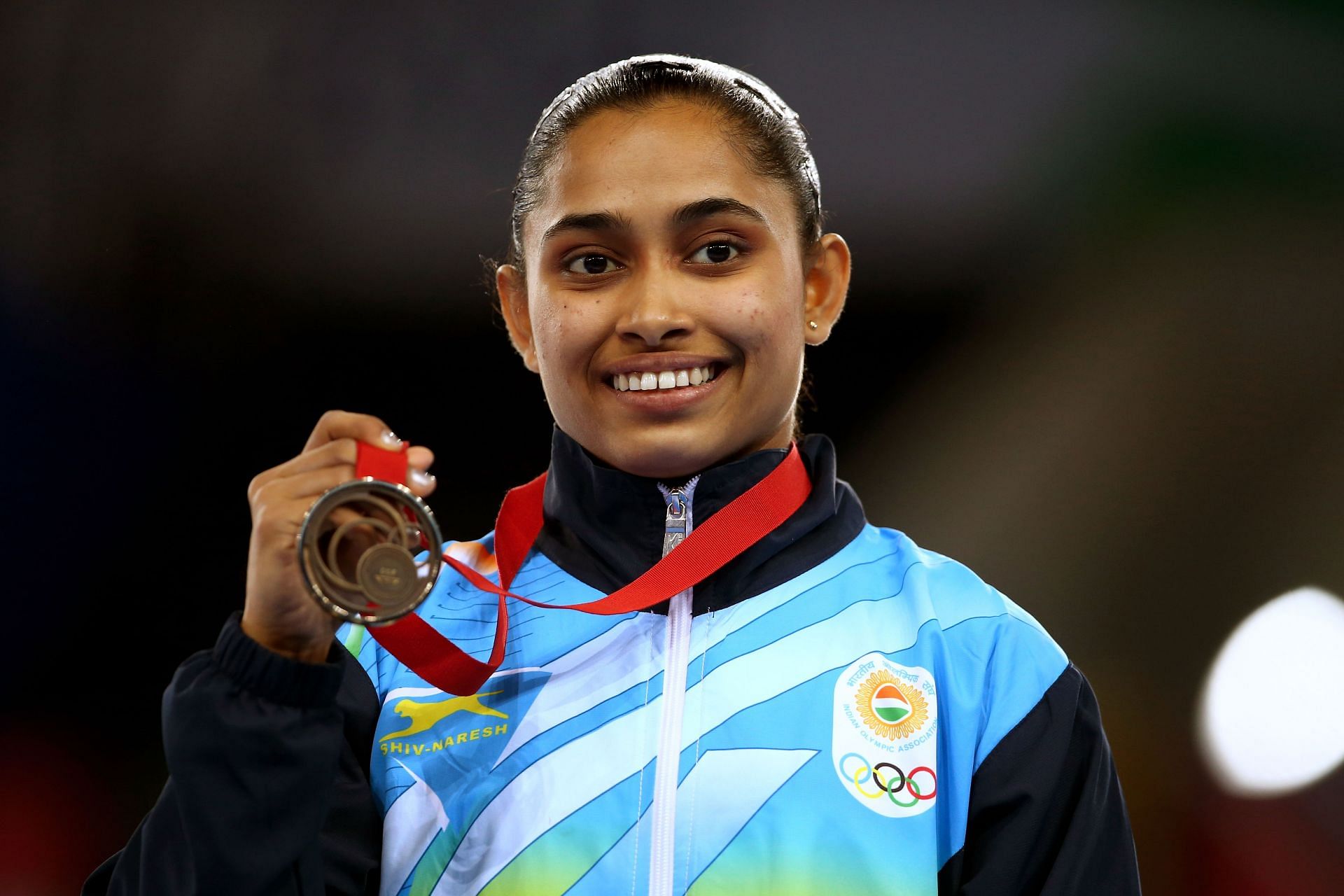
“As an athlete, the fourth place can be the worst place to be in” - Dipa Karmakar on her observations from Olympics
The face of gymnastics in India, Dipa Karmakar, expressed that finishing fourth as an athlete in the Olympics is particularly challenging because it’s a position where the athletes can’t sleep peacefully, making it one of her observations from the Games.
Dipa Karmakar, who graced her presence at an event ‘An Olympic Dream: Sport in India,’ a panel discussion hosted by the JSW Group, Asia Society India Centre, and the Consulate General of France in Mumbai, talked about various aspects of the sport and Olympics.
Karmakar emphasized that the best response to the fourth-place disappointment is to focus on how to improve going forward. She further believes that only those who have experienced finishing fourth can truly understand the pain it brings.
"As an athlete, the fourth place can be the worst place to be in. Not just for me, any athlete who finishes in fourth place can never sleep. And whenever I have seen the Olympics, the people who come in fourth place always cry. Because you can't change it, the fourth place is always going to be the fourth place, and the ones who win a medal will always remain as medalists."
"So, the best thing to do is to think about what better we can do from here on. Only the people who finish in fourth place can understand its pain the most,” she added.
“After the 2016 Rio Olympics, a lot of things have changed in Tripura” - Dipa Karmakar
Hailing from Agartala, Tripura, Dipa Karmakar first gained the spotlight when she secured a bronze medal at the Commonwealth Games in Glasgow in 2014 to emerge as the first Indian female gymnast to win a medal in the history of CWG.
Further in the discussion, Karmakar talked about the transformation of gymnastics culture in Tripura following her impressive performance in the Rio Olympics in 2016. She discussed the significant changes in people’s attitudes towards the sport.
She also emphasized that a notable mindset shift occurred in people’s aspirations, with many now aiming to participate in the Olympics - A crucial and positive change for the sport’s growth in the region.
"After the 2016 Rio Olympics, a lot of things have changed in Tripura. People had a mindset that they can't go into gymnastics. And in Tripura, there were a lot of changes. For example, the infrastructure, the vault that you see, you need a lot of foam pits, which are very important. They weren't there before,” she added.
“After the 2016 Olympics, they built the foam pit there, and a lot of equipment came. And the children's interest level increased a lot. Earlier, there were very few centres, but now everywhere, whether it's government or private, the centres have increased a lot. And everyone's mindset is that we also want to go to the Olympics, which wasn't there before. So according to me, after the 2016 Rio Olympics, a lot of people's mindsets changed, which was very important,” she concluded.
At the Rio Olympics in 2016, Dipa Karmakar failed to secure a medal by only 0.15 points. With her excellent performance at the Games, she emerged as a well-known gymnast in India, bringing limelight to the sport.
In the final, Dipa Karmakar performed the difficult Produnova vault and participated against renowned faces in the world, like the USA’s Simone Biles, Russia’s Maria Paseka, and Sweden’s Giulia Steingrubber, who went on to clinch gold, silver, and bronze medals, respectively.
In May 2024, Dipa Karmakar created history after winning the gold medal in the women's vault apparatus final at the Asian Gymnastics Championships 2024 in Uzbekistan, emerging as the first Indian gymnast to secure the gold medal in any event at the Asian Championships.
ALSO READ | Paris Olympics 2024: Complete list of Indian athletes who have qualified so far